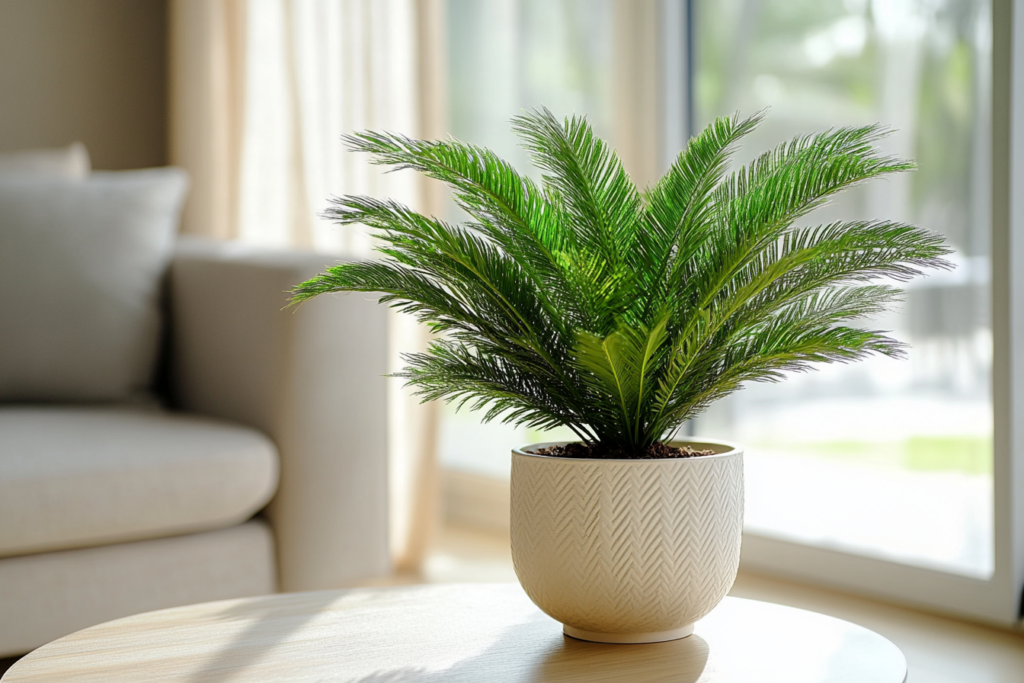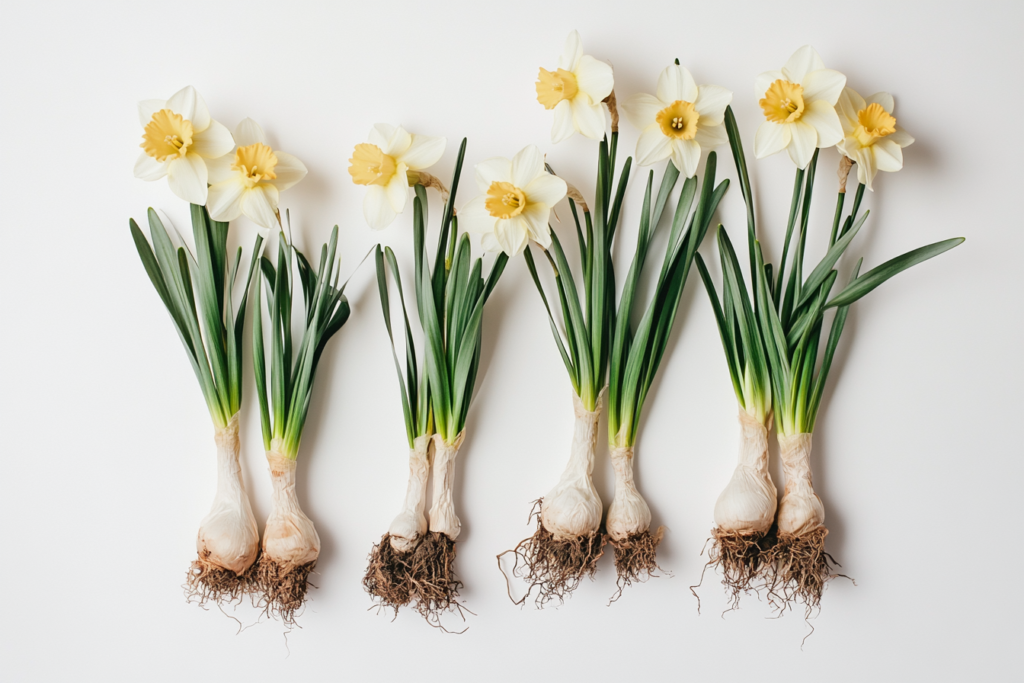Many pet owners don’t realize that some of their most cherished houseplants could pose serious risks to their four-legged family members. With the growing trend of indoor gardening, it’s more important than ever to understand which common plants can be toxic to pets. Did you know that even a small nibble of certain plants can cause severe reactions in cats and dogs?
Most dangerous plants that can harm your pets

At the top of the danger list is the Sago Palm, a popular decorative plant that can have devastating effects on pets. Every part of this plant contains cycasin, but the seeds are particularly dangerous. Just one or two seeds can cause severe liver failure in dogs. What’s particularly concerning is how attractive these plants can be to curious pets.
Lilies rank as another serious threat, especially to cats. Members of the Lilium family are so toxic that even minor exposure to the pollen or drinking water from a vase containing lilies can cause severe kidney damage. Consider replacing these dangerous beauties with artificial alternatives that look equally stunning without the risks.
Common houseplants that require careful placement
Philodendron and Pothos plants, despite their popularity and air-purifying benefits, contain calcium oxalate crystals that can cause serious mouth burns and digestive issues if chewed. These plants are particularly problematic because they’re often placed in hanging baskets, which might seem safely out of reach but can trail down to where pets can access them.
The Jade Plant, often kept as a symbol of prosperity, can cause vomiting, depression, and coordination problems in pets. Consider elevating these plants on high shelves or in rooms your pets don’t access. Better yet, opt for pet-safe succulents that offer similar aesthetic appeal.
Seasonal plants that pose unexpected risks

Spring brings beautiful tulips and daffodils, but their bulbs contain concentrated toxins that can trigger severe reactions in pets. Even minimal exposure can lead to intense gastrointestinal issues and, in some cases, abnormal heart rhythms. The northeastern United States sees a spike in emergency calls related to these plants during planting season.
During winter, poinsettias often get a bad rap, but they’re actually only mildly toxic. However, other holiday plants like holly and mistletoe can cause significant problems if ingested. Store seasonal plants in closed rooms or opt for high-quality artificial versions that capture the holiday spirit without the risks.
Regional toxic plants to watch for
Different regions face varying risks when it comes to toxic plants. Oleander thrives in warmer climates like Arizona and poses a serious threat to pets with its cardiac glycosides. Meanwhile, rhododendrons and azaleas are more common in temperate zones, containing grayanotoxins that can affect the nervous system.
Some regions have specific seasonal patterns of pet poisoning cases. For instance, Florida pet owners need to be particularly vigilant about Sago Palms year-round, while northeastern pet owners see more daffodil-related incidents in spring. Using tools like Pet Poison Helpline’s Toxin Trends can help identify risks specific to your area.
What to do in case of plant poisoning

Quick action is crucial if you suspect your pet has ingested a toxic plant. Try to identify the plant and collect a sample if possible. Contact your veterinarian or the Pet Poison Helpline immediately – don’t wait for symptoms to appear. Keep the ASPCA Animal Poison Control Center number (888-426-4435) saved in your phone for emergencies.
Creating a pet-safe environment doesn’t mean giving up on indoor plants entirely. Research before bringing new plants home and consider creating designated pet-free plant areas. Remember that even non-toxic plants can cause mild stomach upset if chewed, so monitoring your pet’s behavior around any plants is always wise.
